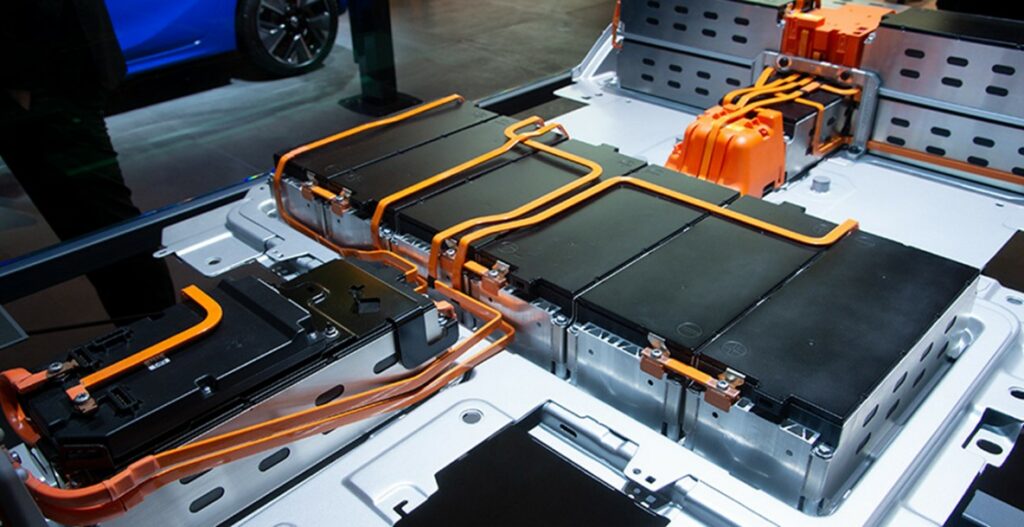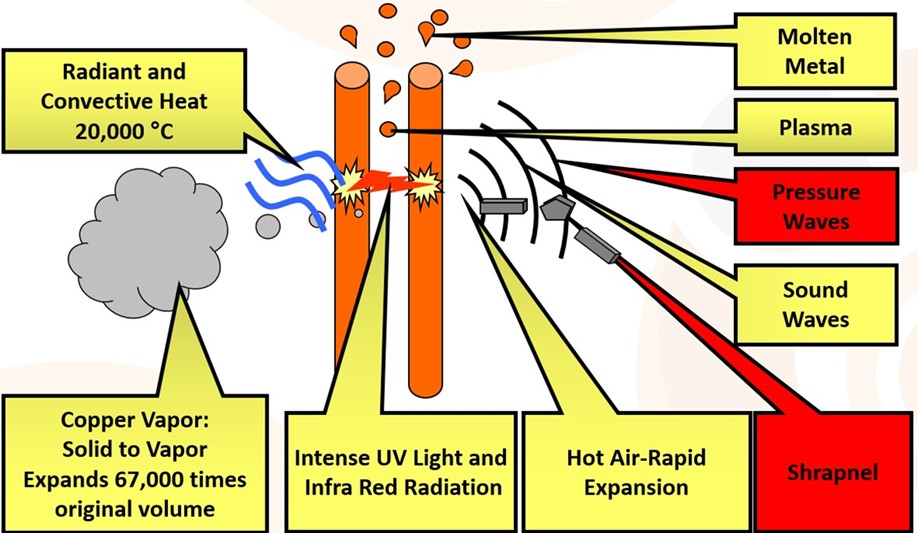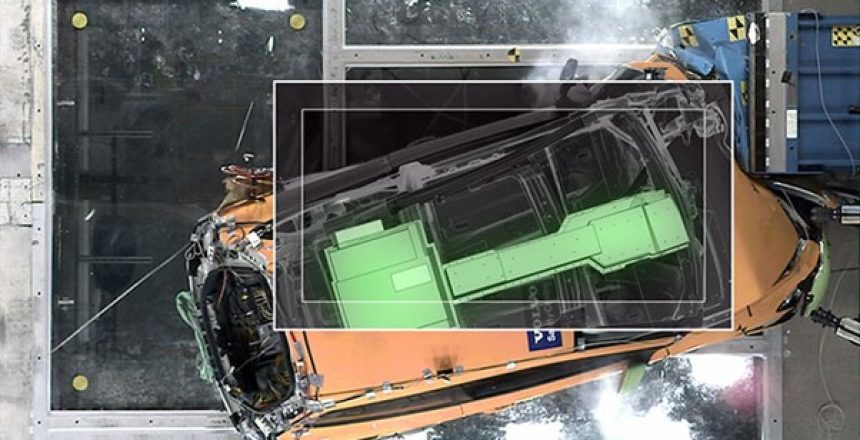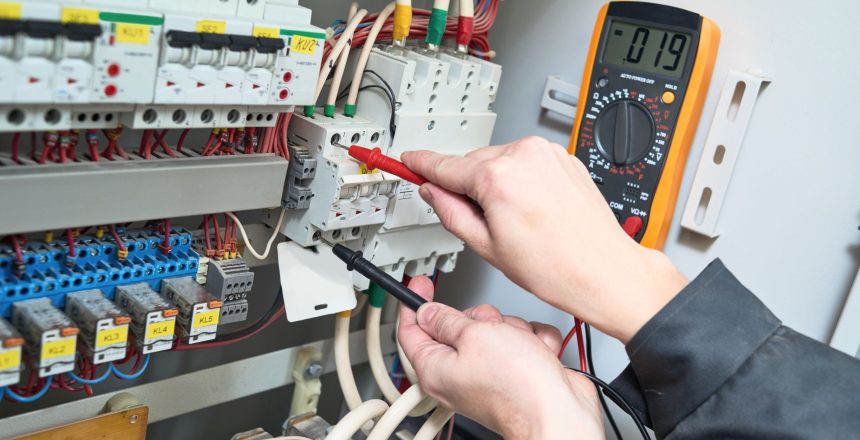In an ever-growing world of sustainable environmental vehicle solutions, Principal Electrical Consultant Paul Hopton discusses the risk of Arc Flash when working with batteries installed in Electric Vehicles. Concerns of Competency for mechanics required to work on these systems, the types of activities that could cause an electrical incident, and what can be done to mitigate risk.
Introduction
I read a very interesting article that was shared by a colleague on LinkedIn about “What are the fire risks of electric vehicles?”
However, it struck me that the article had not explored the arc flash hazard associated with electric vehicles and their batteries.
My first introduction to this topic came through some work we did for Honda Racing in 2019. They had some concerns about the arc flash hazard associated with lithium-ion batteries that were used in Formula 1 and Formula e.
We have since gone on to design an Electric Vehicle Arc Flash Hazard training course in response to this arising concern. This course looks at the Arc Flash hazard whilst maintaining and repairing vehicle battery systems or whilst working alongside them. Work can include testing and fault finding as well as repairs and replacements; whilst not teaching people how to perform these tasks, delegates will have an understanding of the risks posed to them and how best to control them.
Arc Flash Hazard & Electric Vehicles
Arc Flash
What is arc flash? Electrical arcing (sometimes called a ‘flashover’ or ‘arc flash’) produces heat leading to burn injuries that can be life changing or fatal. Often those working with or near electricity do not appreciate the risk of serious injury and consequential damage to equipment that can arise from arcing.
A typical electric vehicle battery

Lithium-ion batteries are made up of a number of individual cells. Each cell has a voltage that can vary but typically when fully charged will be about 4.2Vdc, even with a low value of charge the cell can have a voltage of 3Vdc. The lithium-ion batteries in electric vehicles have a number of these lithium-ion cells connected together. These batteries can produce voltages approaching 1000Vdc and can produce arc flash currents of 1000s of Amps.
Danger
The following diagram show the hazards that you can be exposed to when an arc flash event occurs:






